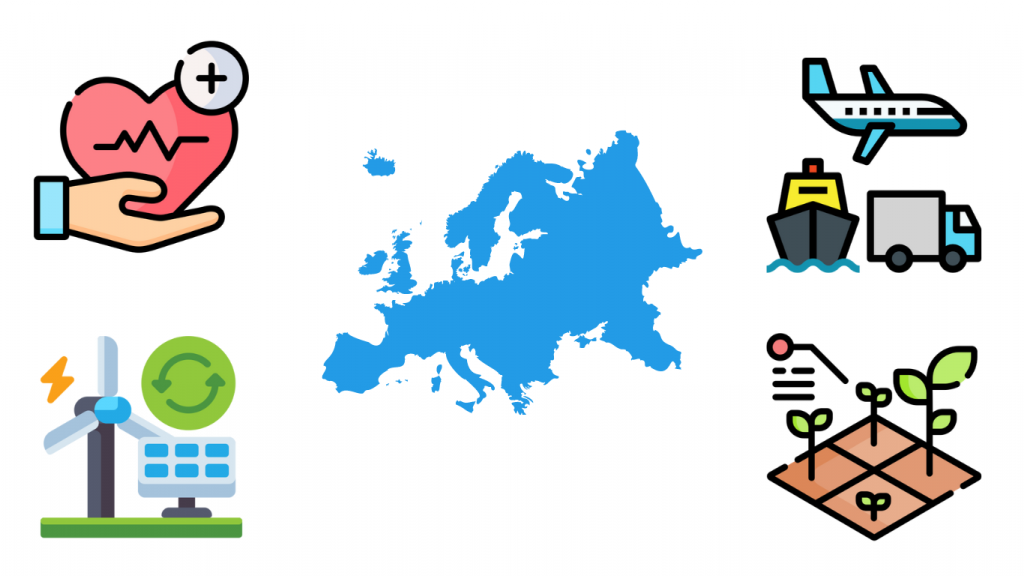The European Union has been at the forefront of promoting open data initiatives, recognizing the immense potential of open data in driving innovation, transparency, and economic growth. This article delves into the state of open data in the EU from 2019 to 2023, highlighting leading nations, successful sectors, and key strategies that have contributed to their achievements.

Overview of the Open Data Maturity Report
The Open Data Maturity Report provides an annual assessment of the progress made by EU member states in the field of open data. The report evaluates countries based on four dimensions: policy, portal, impact, and quality. Policy assesses the presence and quality of national open data policies and strategies. Portal evaluates the functionality and usability of national open data portals. Impact considers the social, economic, and environmental effects of open data initiatives, while quality examines the data’s overall standards, including aspects such as metadata and interoperability.
Leading Nations and Successful Sectors in Open Data
Several EU countries have emerged as leaders in the open data landscape, consistently performing well across all dimensions assessed in the Open Data Maturity Report. Their success is reflected in various sectors where open data has driven significant advancements.
Ireland
Ireland has been a top performer in the EU’s open data rankings. The country’s success can be attributed to its robust policy framework, which has established comprehensive open data policies promoting transparency and public access to government data. The Ireland Open Data Portal is user-friendly, offering a wide range of datasets and tools for data analysis. Ireland’s advancements in sectors such as healthcare, transportation, and finance through the use of open data have been significant.
Case Study: Healthcare Innovation in Ireland (2021)
Ireland’s healthcare sector leveraged open data to improve patient outcomes and healthcare services. For instance, the Health Service Executive (HSE) used open data to track and manage hospital performance, leading to better resource allocation and improved patient care.
- Source: Ireland Open Data Portal
France
France has also been a leader in open data, driven by strong legislative support. The French government has implemented laws mandating the release of public data, fostering a culture of innovation where startups and researchers use open data to develop new solutions. This open data approach has significantly contributed to economic growth, particularly in sectors like transportation and energy.
Case Study: Energy Sector Transformation in France (2020)
Open data has been pivotal in transforming France’s energy sector. The Réseau de Transport d’Électricité (RTE) publishes real-time data on electricity production and consumption, facilitating better energy management and promoting renewable energy use.
- Source: RTE
Spain
Spain has made remarkable strides in open data, particularly noted for its comprehensive data policies that ensure a wide range of public data is available to citizens and businesses. The country actively collaborates between government, academia, and industry to maximize the use of open data. This engagement has led to notable impacts in sectors like tourism and smart cities.
Case Study: Smart Cities in Spain (2019)
Spanish cities such as Barcelona have harnessed open data to become smart cities. Barcelona improved urban planning, traffic management, and public services by integrating data from various sources.
- Source: Barcelona Open Data

Successful Sectors Utilizing Open Data
Several sectors have significantly benefited from open data initiatives in the EU, driving innovation and improving efficiency across various domains.
Healthcare
Open data has been transformative in the healthcare sector, being used to track disease outbreaks, improve hospital efficiency, and enhance patient care through data-driven decision-making. For instance, during the COVID-19 pandemic, the European Centre for Disease Prevention and Control (ECDC) provided a comprehensive dataset on COVID-19 cases, deaths, and vaccination rates across Europe. This data was used by public health officials, researchers, and policymakers to track the spread of the virus, allocate resources, and implement targeted interventions.
- Source: ECDC COVID-19 Data
Transportation
Real-time data on public transportation systems has improved efficiency and user experience. Open data has enabled the development of navigation apps, optimized transit routes, and facilitated better urban planning. Transport for London (TfL) is a prime example of leveraging open data to enhance urban mobility. By sharing data on bus locations, arrival times, and tube schedules, TfL has enabled developers to create apps that help Londoners navigate the city more efficiently.
- Source: TfL Open Data
Energy
Data on energy production and consumption has promoted sustainable practices and facilitated the integration of renewable energy sources. Denmark has been a leader in energy data transparency. The Danish Energy Agency publishes open data on energy consumption, production, and efficiency. This data has been used to promote renewable energy initiatives, optimize energy consumption, and inform energy policies. The transparency and availability of this data have fostered innovation and sustainability in the energy sector.
- Source: Danish Energy Agency
Agriculture
Farmers use open data for precision farming, improving crop yields, and managing resources more efficiently. Open data on weather patterns, soil conditions, and crop health can help farmers make informed decisions about planting, irrigation, and harvesting. The European Space Agency (ESA) provides open access to satellite imagery and data through its Sentinel satellite program. Farmers use this data to monitor crop health, detect pest infestations, and manage irrigation.
- Source: ESA Sentinel-2
Strategies for Success
The leading nations in the EU’s open data space have implemented several key strategies to achieve their success. Strong legislative frameworks have been crucial, with laws mandating the release and use of open data. Developing user-friendly portals has also been a priority, making data easily accessible to the public and businesses.
Public-private partnerships have played a significant role in leveraging data for innovation. These collaborations between government, private sector, and academia have fostered a thriving ecosystem for open data. Furthermore, focusing on the impact by measuring and communicating open data initiatives’ social, economic, and environmental benefits has helped garner support and funding.
Conclusion
The state of open data in the EU from 2019 to 2023 showcases the transformative potential of making data freely available and easily accessible. By learning from the successes of leading nations and focusing on impactful sectors, other countries and organizations can harness the power of open data to drive innovation, economic growth, and societal benefits.
There is so much more!
Jayvee on GitHub to make open data easy and social!